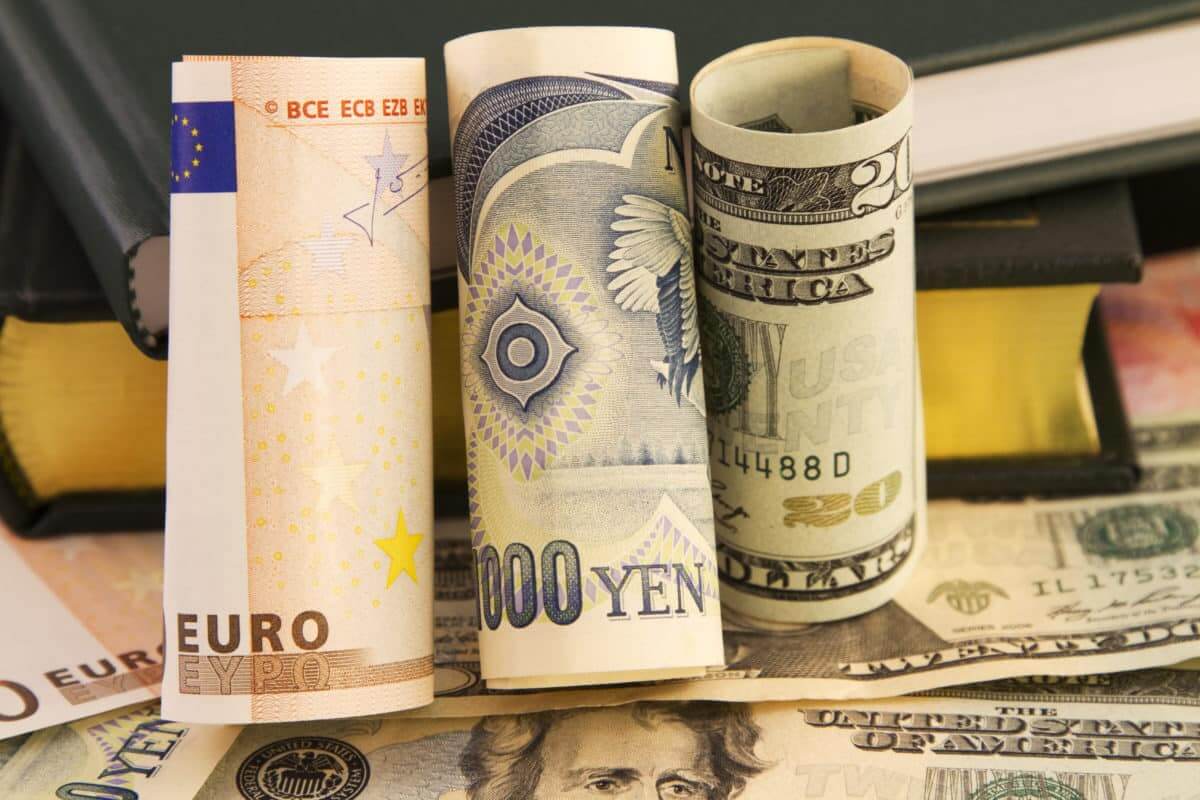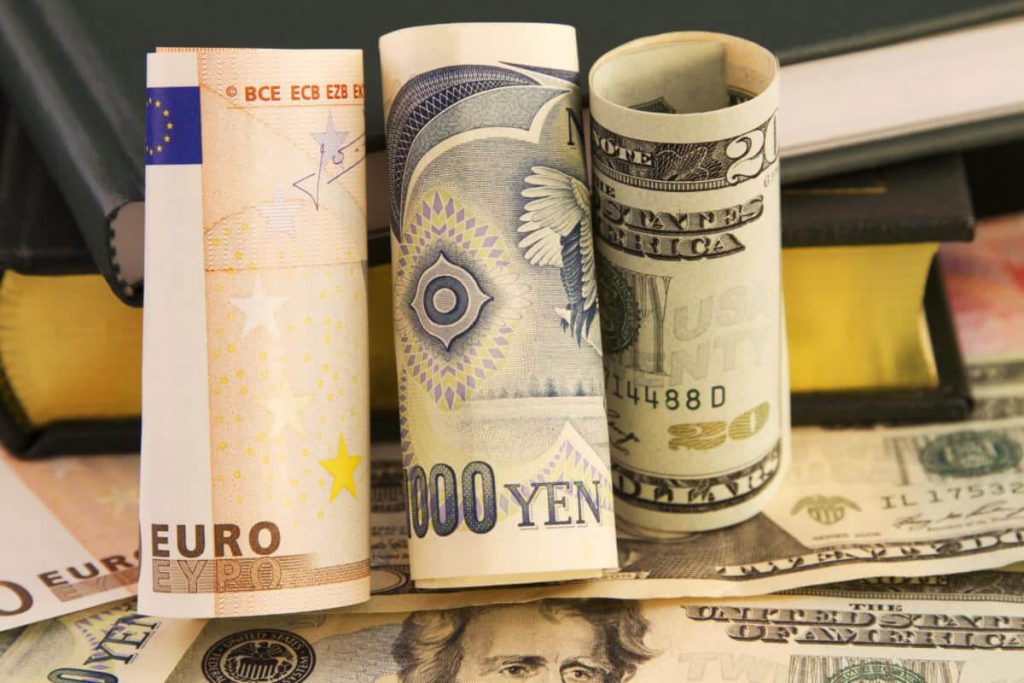
The U.S. dollar continued to rally Thursday, while Euro dropped
The greenback surged forward on Thursday, adding to the previous day’s gains. Traders expect U.S. non-farm payrolls report to come out positive. In that case, the Federal Reserve may decide to postpone an aggressive tightening for the near future. Joe Manimbo, the senior market analyst at payments company Convera in Washington, noted that the U.S. dollar is rallying again as stocks decline and economic recession fears weigh on European currencies.
The dollar index jumped by more than 1% to 112.22 today. Overall, it has skyrocketed by approximately 17% for 2022 thus far. U.S. non-farm payrolls report for this month is due on Friday. Analysts think it will show about 250,000 new jobs. In August, the number was 315,000, though.
On Thursday, Chicago Fed President Charles Evans stated that the policymakers might increase borrowing costs to hinder soaring inflation, adding that the agency’s policy rate is likely headed to 4.5%-4.75% by the second quarter of 2023.
In Europe, the British Pound tumbled down by 1.5% against the greenback. It exchanged hands at $1.1151 at last. The common currency increased against the sterling, as well, gaining 0.7% at 87.83 pence.
The Euro also plummeted by 0.9% versus the dollar, trading at $0.9794 at last. The currency declined after the European Central Bank released its minutes from last month’s meeting. The ECB fears inflation could remain at high levels, damaging the eurozone economy.
How is the Japanese Yen faring?
The Yen has fluctuated over the last weeks, alternatively dropping to record lows or rallying against the dollar. However, on Thursday, the currency shaved off 0.3% versus the USD to trade at 145.05. The greenback skyrocketed to a session high of 145.135 yen. It exchanged hands near a 24-year high of 145.90 yen hit on September 22. The latter pushed the Japanese government to intervene and help its sinking currency.
The U.S. dollar also soared against the Swiss franc, adding 0.8% to 0.9906 francs. At the same time, the Australian dollar plummeted by 1.12% against the USD at $0.6412. A modest 25 bp hike by the Australian central bank weighed on the Aussie, as traders expected a higher rate increase.
Overall, the forex market was subdued today. However, Edward Moya, the senior market analyst at OANDA in New York, thinks that it’s the calm before the storm. The situation may change dramatically after the non-farm payroll report. The Federal Reserve is quite firm on its course. It is still battling with inflation. Thus, the agency will likely continue its aggressive rate-hiking campaign until the latter comes down.
Meanwhile, the forex market moves change according to the central banks’ decisions about their interest rate policy. Some investors worry more about the possible economic crisis. But if the recession begins, the central banks might become more cautious about increasing rates. U.S. inflation data is due next week, and traders are waiting for it for further clues about the Fed’s policy. On Thursday, the dollar also rallied against the Canadian dollar by 0.9% to C$1.3743.
What about the other currencies?
In Latin America, most currencies declined on Thursday as the U.S. dollar surged forward. The Polish zloty plunged by 1.5% after the central bank announced that its monetary policy was in waiting mode. Colombia’s peso also dropped near its three-month low. The currency shaved off 0.7% today, leading losses among its regional peers. Colombia’s President Gustavo Petro published a series of tweets on Wednesday about monetary policy and inflation, causing some uncertainty about the country’s economy on the market.
Moreover, Chile’s peso fell by 0.4% today as copper prices decreased. Analysts expect Chile’s central bank to increase the country’s benchmark interest rate to 11.25%. Brazil’s real also shaved off 0.3%. It has been volatile during the last several sessions. The country is preparing for the second phase of the presidential elections.
On Thursday, the Polish zloty was set on course for its worst trading session since mid-June versus the Euro. According to Central bank head Adam Glapinski, the bank’s monetary policy tightening cycle has not ended yet. It is waiting for the next inflation report and will determine its policy stance based on it. Glapinski also noted that the bank could start interest rate cuts at the end of the next year. On Wednesday’s meeting, it had left its key interest rate unchanged.


